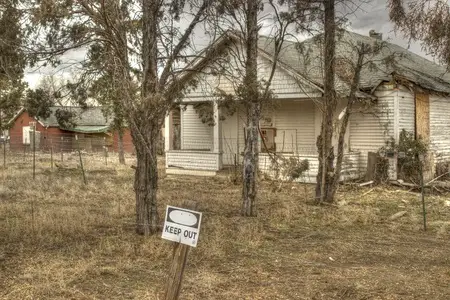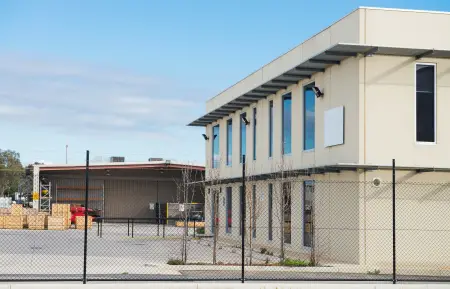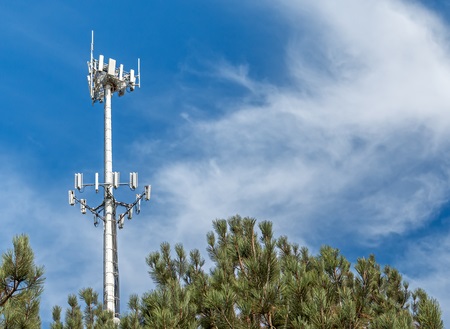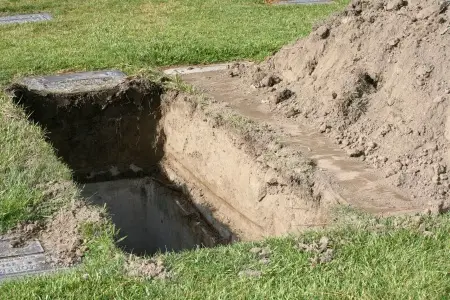Investing in Nuisance Properties
When people invest in trophy properties like a high rise office building, a lot in a prestigious gated community, or a grocery-anchored shopping center, they are often proud of what they own. They know what they are worth and/or how much income they generate. These properties are thought to hold their value well and attract the interest of multiple interested parties if they are put up for sale. Nuisance properties are on the other end of the spectrum. They are disasters that most people would be ashamed to own. They have terrible curb appeal, they have criminal activity going on, they are unsafe and a liability to the community.
What is a Nuisance Property?
Providence, R.I. describes a nuisance property as: “Any property that, by virtue of condition, activity, or situation, poses a threat to the health, safety, or welfare of the community or that otherwise interferes with the quiet use and enjoyment of nearby properties.” Sometimes the house or structure itself isn’t terrible, but the people living or staying there are. They are cooking meth, dealing drugs, someone is beating someone else, or the residents or their visitors are terrorizing the neighborhood. Most of the time the structure itself is a disaster. The house might be vacant and attracting squatters, partiers, copper thieves, or people wanting to do home demolition for fun.
Why Would You Invest in a Nuisance Property?
Nuisance properties should sell at a major discount or even be free in some cases. If you can acquire the nuisance property at enough of a discount and eliminate the nuisance, you might be able to sell the property at normal market value or turn it into an income-producing property.
What Nuisance Properties are Worth Investing in?
It comes down to whether the acquisition cost of the property plus the cost of eliminating the nuisance increases the value of the property whereby you can make a reasonable profit. Getting rid of a bad tenant or squatter is generally going to cost far less than making major repairs to the property itself. Also, sometimes a house is old and functionally obsolete and it simply makes no sense to invest money into fixing it.
You Need to Have a Plan in Place
Speed is critical; you need to quickly eliminate the nuisance. Many nuisance properties have been identified by city governments and are incurring fines on a regular basis. For instance, Milwaukee will label a property as a nuisance property if three phone calls for service are made to policy within 30 days or if 2 violence, vice, or gang complaints are placed within 1 year. At that point, the property owner needs to put a plan in place to eliminate the nuisance within 45 days. If this fails twice, then the property owner can be fined $1000 to $5000 (you want to make sure before you close on the property that you aren’t responsible for fines incurred by the previous owner, or else account for them in your purchase price). You should have a plan in place before you acquire the property. The city or other municipality is going to be more sympathetic if they see you as being proactive from Day 1 of property ownership.
Different Ways to Eliminate the Nuisance
You might be able to eliminate the nuisance with an eviction of the current tenant or squatter. In other cases, you might need to secure the property by boarding it up or adding fencing. In other cases, you might need to hire an environmental specialist to eliminate the toxic effects of meth production. Or the home might be one you can fix and flip. Tearing down the structure doesn’t always make financial sense, but sometimes it does.
Many nuisance properties are in bad neighborhoods to begin with, and with almost zero new construction going on, an empty lot won’t have any value. If the lot is in a better neighborhood, the cost to acquire the house plus demolition cost (let’s call it $5000-$10,000), might be less than what a vacant lot would go for. In some cases, non-profits might be able to assist with the cost of tear down or even acquire the lot as part of a land banking program. In other cases, the land use around the house has changed and the lot might be zoned commercial or have commercial potential, especially if you can assemble neighboring parcels of land.







